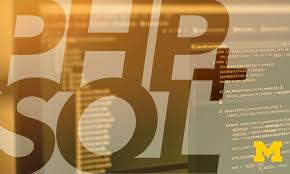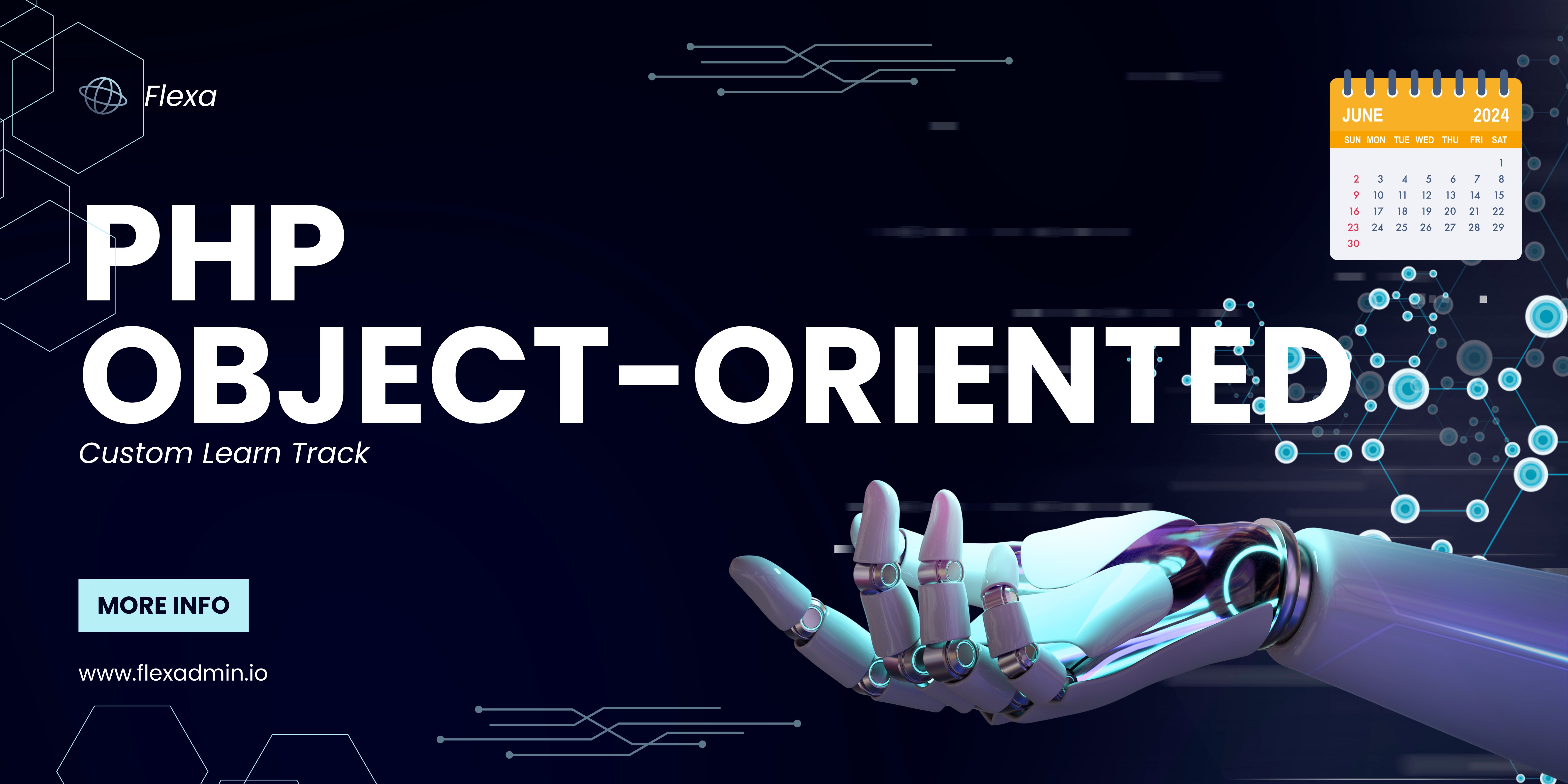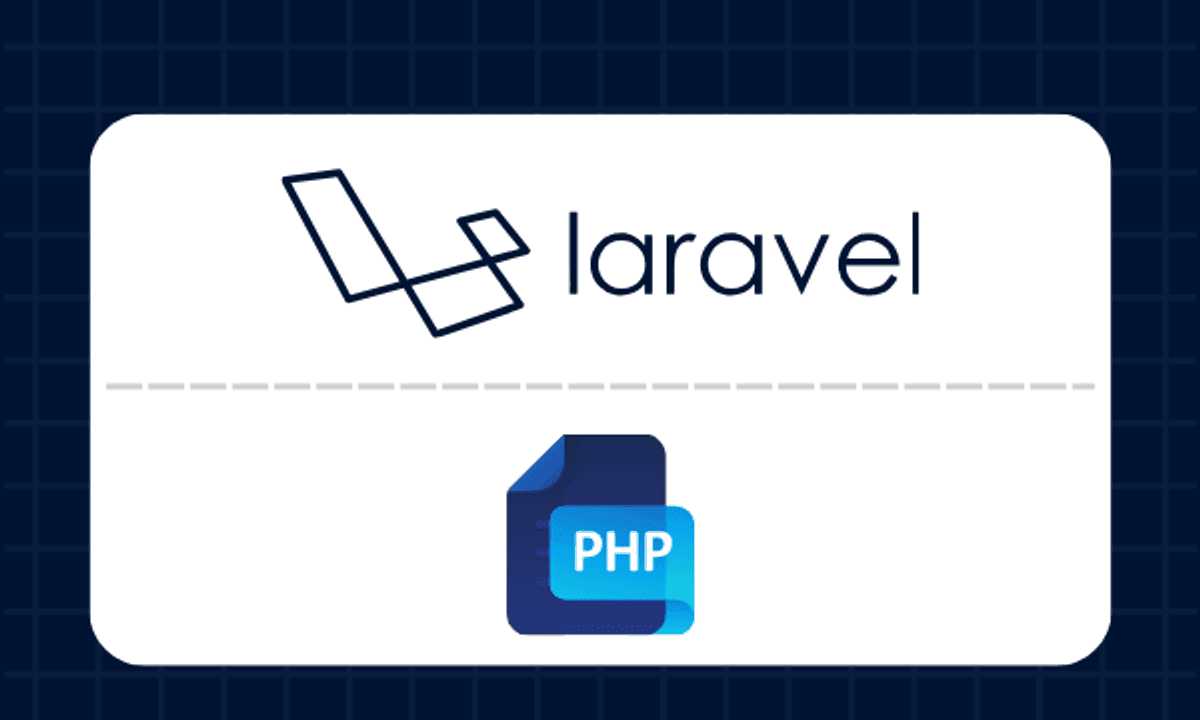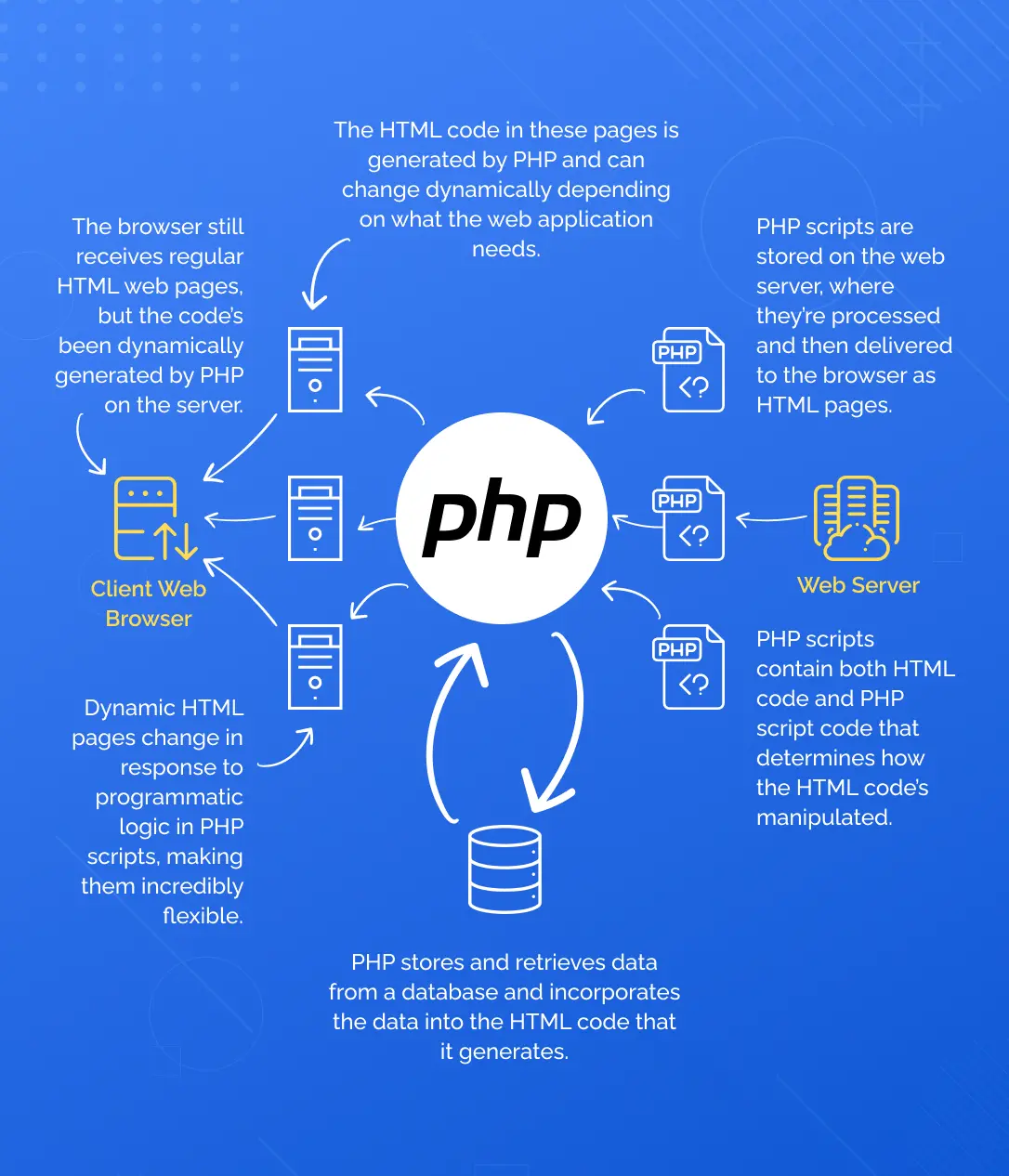Course Overview:
“Building Database Applications in PHP” is a practical, hands-on course designed to teach students how to develop robust and efficient database-driven web applications using PHP. This course covers essential concepts in database design, SQL, and PHP integration, enabling students to create dynamic, data-driven websites and applications. By the end of the course, students will have the skills to build, maintain, and optimize database applications.
Course Objectives:
By the end of this course, students will be able to:
- Understand the fundamentals of relational databases and SQL.
- Design and implement efficient database schemas.
- Connect PHP applications to databases using MySQL and PDO.
- Perform CRUD operations using PHP and SQL.
- Implement advanced querying techniques.
- Secure database applications against common vulnerabilities.
- Optimize database performance for scalable applications.
Course Outline:
Module 1: Introduction to Databases and SQL
- Overview of relational databases
- Understanding tables, records, and fields
- Introduction to SQL
- Setting up a MySQL database
- Basic SQL operations: SELECT, INSERT, UPDATE, DELETE
Module 2: PHP and MySQL Integration
- Setting up a PHP development environment
- Connecting PHP to MySQL using MySQLi and PDO
- Executing SQL queries from PHP
- Handling query results
- Error handling and debugging
Module 3: Designing Database Schemas
- Principles of database design
- Normalization and denormalization
- Creating and managing tables
- Defining primary keys and foreign keys
- Indexing for performance
Module 4: CRUD Operations in PHP
- Creating records with PHP and SQL
- Reading data from the database
- Updating existing records
- Deleting records safely
- Building a simple CRUD application
Module 5: Advanced Querying Techniques
- Complex SQL queries (JOINs, subqueries, unions)
- Aggregate functions (COUNT, SUM, AVG, MAX, MIN)
- Grouping and filtering data
- Using prepared statements
- Pagination techniques
Module 6: Security in Database Applications
- Understanding SQL injection
- Preventing SQL injection with prepared statements and parameterized queries
- Implementing user authentication and authorization
- Data validation and sanitization
- Secure session management
Module 7: Working with Data in PHP
- Handling form data and user input
- File uploads and handling binary data
- Working with JSON and XML
- Exporting and importing data (CSV, Excel)
- Generating dynamic reports
Module 8: Optimizing Database Performance
- Analyzing and optimizing queries
- Using indexes effectively
- Database caching strategies
- Optimizing PHP code for database interactions
- Monitoring and troubleshooting database performance
Module 9: Advanced Features and Tools
- Using transactions for data integrity
- Implementing stored procedures and triggers
- Managing database migrations
- Introduction to database management tools (phpMyAdmin, Adminer)
- Integrating third-party libraries and APIs
Module 10: Final Project
- Planning and designing a database-driven application
- Implementing core features and functionalities
- Ensuring security and performance optimization
- Testing and debugging the application
- Deploying the application to a production environment
Course Materials:
- Recommended Textbooks:
- “PHP & MySQL: Novice to Ninja” by Kevin Yank
- “Learning PHP, MySQL & JavaScript” by Robin Nixon
- Online Resources:
- PHP official documentation (php.net)
- MySQL official documentation (dev.mysql.com)
- W3Schools SQL Tutorial
- Stack Overflow for community support
Assessment and Certification:
- Quizzes and assignments after each module
- Mid-term project focusing on specific database features
- Final project showcasing a complete database-driven application
- Certificates awarded upon successful completion of the course
Prerequisites:
- Basic understanding of PHP and web development
- Familiarity with HTML and CSS
- Basic programming concepts (recommended)
Who Should Attend:
- Aspiring web developers and programmers
- Students and professionals looking to enhance their database development skills
- Anyone interested in learning how to build data-driven web applications using PHP



